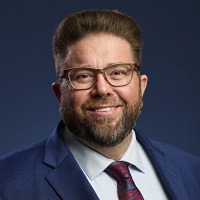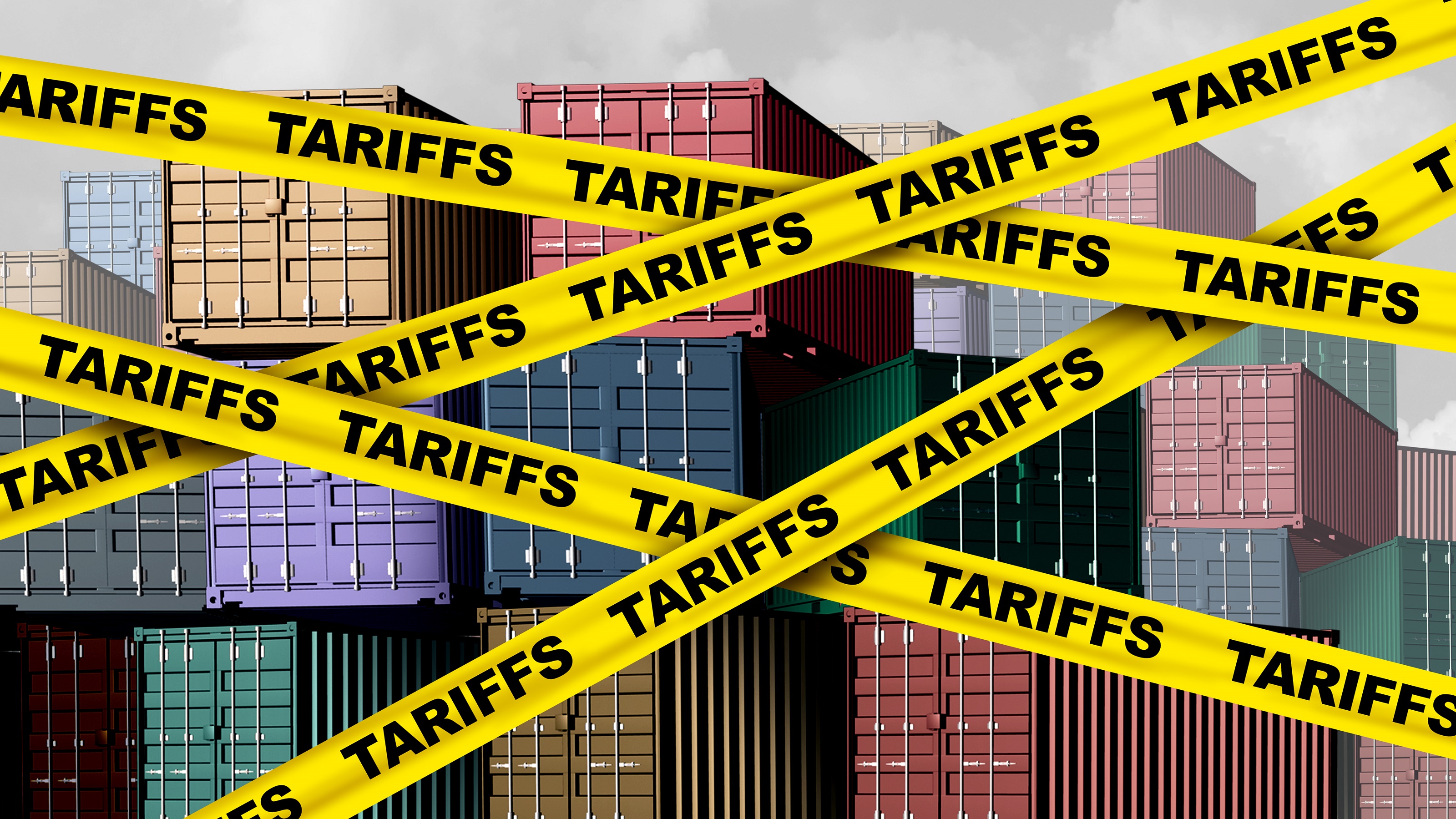SECURE 2.0 Act’s Automatic Enrollment Provision: Pros and Cons
The new legislation requires employers to automatically enroll employees in retirement plans like 401(k)s. What are the benefits and drawbacks?


While the SECURE 2.0 Act is making some key changes to the rules for retirement savings, one of its biggest is to employer-sponsored retirement plans. A new provision will require employers to automatically enroll eligible employees in new plans with a participation amount of at least 3%. Why was the change made? And is it a good money move? Let's break it down.
How Does SECURE 2.0 Act's Automatic Enrollment Work?
Starting in 2025, the SECURE 2.0 Act will require companies with new 401(k) plans to automatically enroll their employees into those plans at a minimum contribution rate of 3%, but no more than 10%. This rate will increase by 1 percentage point each year up to 15%. As an employee, you are not forced to enroll. You still have the option to opt-out of the plan completely or change your contribution rate.
This change applies to most companies, but there are some that are exempt from these new rules. This does not cover small companies with 10 or fewer employees, new companies in business for less than three years or church and government agencies. While small businesses are not required to enroll, there is an incentive for them to do so: They could receive a 100% tax credit of up to $5,000 for any administrative costs as well as up to a $1,000 per employee match for the employer’s contributions to any 401(k) plans.

Sign up for Kiplinger’s Free E-Newsletters
Profit and prosper with the best of expert advice on investing, taxes, retirement, personal finance and more - straight to your e-mail.
Profit and prosper with the best of expert advice - straight to your e-mail.
What Are the Benefits?
The bottom line is that Americans simply aren’t saving enough for retirement. According to a Bankrate survey, 55% of Americans say they haven’t saved enough. Since 401(k)s are an essential part of retirement planning, doing all you can to ensure you’re getting the most out of them is important.
The SECURE 2.0 Act is designed to make it easier for anyone struggling to save and put more money away for their retirement. With automatic enrollment, this can also be a benefit for anyone who might procrastinate about enrolling in their employer’s retirement plan.
Not only will automatic enrollment help full-time employees, but the legislation also expands 401 (k) options significantly to include long-term part-time employees. Beginning in December 2024, part-time employees who work at least 500 hours per year in three consecutive years, are eligible to begin making elective deferrals to their employer’s 401(k) plan. Meaning, if part-time employees work at least 500 hours, but less than 1,000, in 2021, 2022 and 2023 they can begin their deferrals as early as Jan. 1, 2024.
What Are the Drawbacks?
While there are many positives about these new provisions, they could present problems for some people. Even with automatic enrollment, many still won’t be saving enough for retirement. Employees have to make sure they are saving more outside of their 401(k) plans.
If you are a low-income earner, automatic contributions might hurt you because you need that money to cover your monthly expenses. While planning for your future shouldn't take a back seat, don't compromise your present if you need that money to pay your bills and everyday expenses.
What Can You Do Now?
Many rely solely on their retirement accounts, whether it's a 401(k) or an IRA, as their primary source of income in retirement. But that might not be enough. The SECURE 2.0 Act aims to help more Americans reach their retirement goals by presenting more options to investors and allowing companies to help their employees improve their retirement plans.
While it has done a lot of good when it comes to options for employees, the question now is the extent investors will integrate these provisions into their own financial plans and how effective employers will be to help them make any necessary adjustments.
Many of the legislation’s provisions won’t be effective immediately, but now is the time to sit down with a financial adviser to determine how the new rules may impact your financial future.
Get Kiplinger Today newsletter — free
Profit and prosper with the best of Kiplinger's advice on investing, taxes, retirement, personal finance and much more. Delivered daily. Enter your email in the box and click Sign Me Up.

Tony Drake is a CERTIFIED FINANCIAL PLANNER™ and the founder and CEO of Drake & Associates in Waukesha, Wis. Tony is an Investment Adviser Representative and has helped clients prepare for retirement for more than a decade. He hosts The Retirement Ready Radio Show on WTMJ Radio each week and is featured regularly on TV stations in Milwaukee. Tony is passionate about building strong relationships with his clients so he can help them build a strong plan for their retirement.
-
 Bouncing Back: New Tunes for Millennials Trying to Make It
Bouncing Back: New Tunes for Millennials Trying to Make ItAdele's mournful melodies kick off this generation's financial playlist, but with the right plan, Millennials can finish strong.
By Alvina Lo
-
 Early-Stage Startup Deals: How Do Convertible Notes Work?
Early-Stage Startup Deals: How Do Convertible Notes Work?Some angel investors support early startups by providing a loan in exchange for a convertible note, which includes annual interest and a maturity date.
By Murat Abdrakhmanov
-
 Bouncing Back: New Tunes for Millennials Trying to Make It
Bouncing Back: New Tunes for Millennials Trying to Make ItAdele's mournful melodies kick off this generation's financial playlist, but with the right plan, Millennials can finish strong.
By Alvina Lo
-
 Early-Stage Startup Deals: How Do Convertible Notes Work?
Early-Stage Startup Deals: How Do Convertible Notes Work?Some angel investors support early startups by providing a loan in exchange for a convertible note, which includes annual interest and a maturity date.
By Murat Abdrakhmanov
-
 SRI Redefined: Going Beyond Socially Responsible Investing
SRI Redefined: Going Beyond Socially Responsible InvestingNow that climate change has progressed to a changed climate, sustainable investing needs to evolve to address new demands of resilience and innovation.
By Peter Krull, CSRIC®
-
 Here's When a Lack of Credit Card Debt Can Cause You Problems
Here's When a Lack of Credit Card Debt Can Cause You ProblemsUsually, getting a new credit card can be difficult if you have too much card debt, but this bank customer ran into an issue because he had no debt at all.
By H. Dennis Beaver, Esq.
-
 Going to College? How to Navigate the Financial Planning
Going to College? How to Navigate the Financial PlanningCollege decisions this year seem even more complex than usual, including determining whether a school is a 'financial fit.' Here's how to find your way.
By Chris Ebeling
-
 Financial Steps After a Loved One's Alzheimer's Diagnosis
Financial Steps After a Loved One's Alzheimer's DiagnosisIt's important to move fast on legal safeguards, estate planning and more while your loved one still has the capacity to make decisions.
By Thomas C. West, CLU®, ChFC®, AIF®
-
 How Soon Can You Walk Away After Selling Your Business?
How Soon Can You Walk Away After Selling Your Business?You may earn more money from the sale of your business if you stay to help with the transition to new management. The question is, do you need to?
By Evan T. Beach, CFP®, AWMA®
-
 Two Don'ts and Four Dos During Trump's Trade War
Two Don'ts and Four Dos During Trump's Trade WarThe financial rules have changed now that tariffs have disrupted the markets and created economic uncertainty. What can you do? (And what shouldn't you do?)
By Maggie Kulyk, CRPC®, CSRIC™